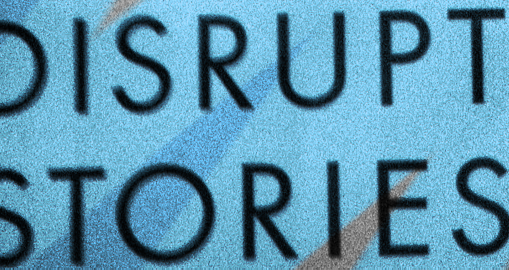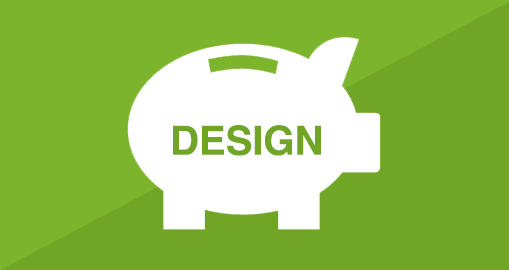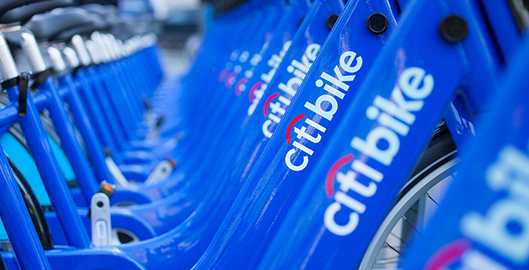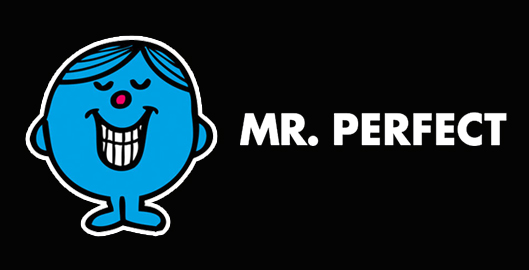A very important lesson I’ve learned throughout my career is this: it will never be perfect.
Yes, it’s hard for me to admit that! But, over time I’ve learned this is best for the business and user.
Earlier in my career, I remember the temptation to hold a design or feature launch until it was perfect. I remember sitting with a founder and reviewing designs in Photoshop with him pointing out every little pixel to perfect. The truth is, many of the changes were so subtle that they wouldn’t even matter once the design got to the browser. Many of the designs were purely form and had nothing to do with function.
I can’t believe I just typed that because I believe in beautiful design. But it’s not enough to look nice. Design must perform. Design must inform. Design must transform someone from being an acquaintance to an actual user and ideally an ambassador.
Purposeful design trumps beautiful design.Continue reading









